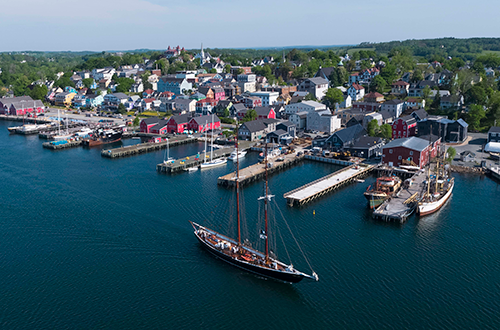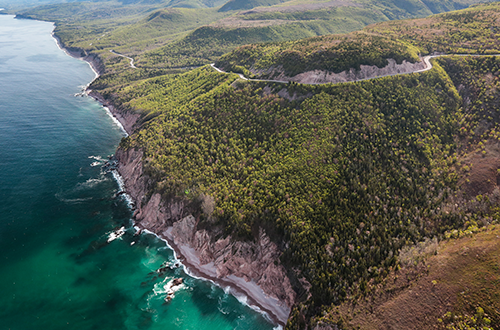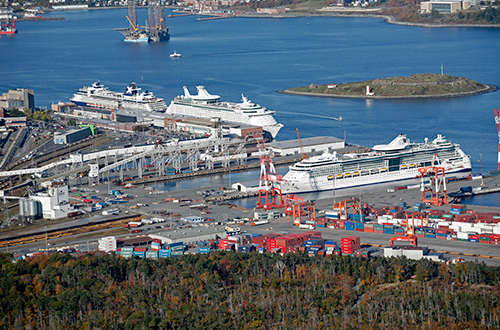
Offshore wind
Offshore wind can help reduce fossil fuel use and help Nova Scotia meet the province’s climate change goals. It’s a source of clean, renewable energy.
About offshore wind
Nova Scotia’s offshore wind speeds are world-class and rival the winds of the North Sea, where the world’s offshore wind sector started. The province has a unique opportunity to transition to clean energy by harnessing offshore wind energy resources.
Offshore wind is one of the fastest-growing energy sources in the world. Wind turbines in the ocean provide clean, renewable electricity.
Building offshore wind farms around Nova Scotia will create a new local source of renewable electricity. Clean electricity from offshore wind will also support the province’s green hydrogen industry.
Benefits of offshore wind
Offshore wind energy is beneficial to Nova Scotia because it:
- is a clean, renewable alternative to fossil fuels that doesn't create greenhouse gas emissions
- can support other clean energy industries, like green hydrogen
- can support economic development, supply chain growth and business competitiveness in Nova Scotia
Building a wind farm at sea
Nova Scotia sits on a large continental shelf with vast areas of relatively shallow water that are ideal for floating and fixed wind platforms. Nova Scotia also has some of best, consistently fast wind speeds in the world. These natural features create opportunities for wind farms.
There are many important factors to consider when building a wind farm at sea, including:
- the distance to the shore and grid connection point
- the water level and seabed conditions
- whether to use fixed or floating turbines
- wind and weather conditions
- possible impact to the environment and to other industries operating offshore
Nova Scotia’s offshore wind advantage
Nova Scotia has the necessary resources and expertise for developing an offshore wind industry. The province has:
- abundant wind resources
- proximity to European markets seeking clean fuel options
- land for facilities
- deep, ice-free and underused harbours
- well-established port services
- experienced, capable and competitive supply chain and workforce
- academic researchers with expertise in clean technology
- experience working in the ocean and in other energy sectors
- reputation as a leader in emerging technologies
Offshore wind roadmap
Nova Scotia plans to offer leases for 5 gigawatts of offshore wind energy by 2030, with a first call for bids by 2025. To help reach that goal, Module 2 of the Offshore Wind Roadmap outlines the Province's plan to develop a robust supply chain for the emerging sector, and builds on the work of the first module. The roadmap will include 3 modules:
- Module 1: Offshore Wind Roadmap (PDF) - maps the work to complete the legislative and regulatory regime for offshore wind
- Module 2: Offshore Wind Roadmap (PDF) - outlines the supply chain and infrastructure opportunities for offshore wind
- Module 3: Offshore Wind Roadmap - will reflect input from the Mi'kmaq and other Indigenous peoples, as well as other groups like the fishing industry and other ocean users, environmental organizations, workers and the research community
Regional assessment for offshore wind
Nova Scotia and the federal government have started a regional assessment for offshore wind. It will help identify where and how offshore wind projects can be optimally developed, and inform how the sector and projects will be built in the future. Indigenous groups, fishers, non-government organizations, and members of the public have opportunity to share their expertise and feedback.
Contact
Marine Renewables
marinerenewables@novascotia.ca
Related information
- Canada-Nova Scotia Offshore Area
- Canada-Nova Scotia Offshore Petroleum Board
- Canada-Nova Scotia Offshore Petroleum Resources Accord Implementation Act
- Federal government impact assessments
- Marine renewable energy in Nova Scotia
- Onshore wind energy in Nova Scotia
- Value Mapping Nova Scotia’s Offshore Wind Resources (PDF)



